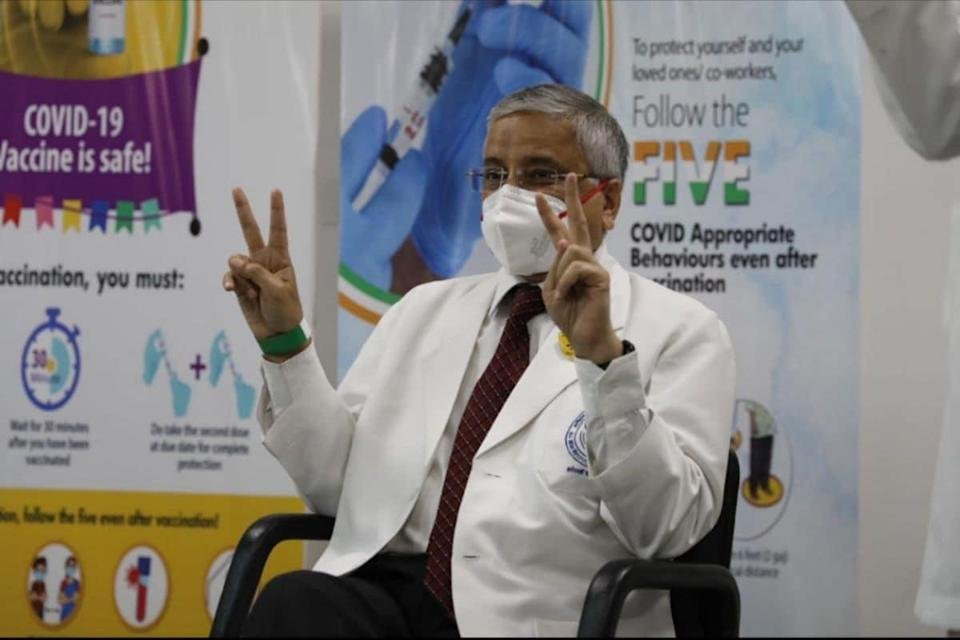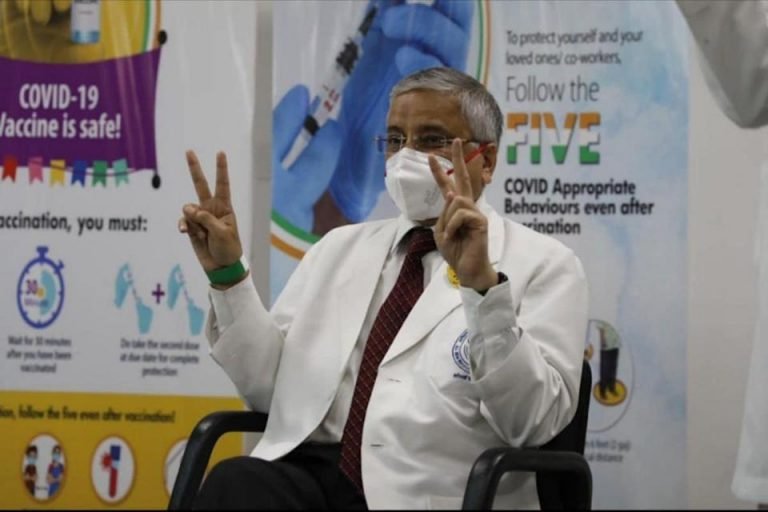As uncertainty about the vaccine’s efficacy among mutated viruses is large, the Director of the All India Institute of Medical Sciences (AIIMS), Dr. Randeep Guleria, said that wearing masks and physical distance needed to continue, even That there is a need to continue even by those who are fully vaccinated against Covid-19. .

It has been stated by the Center for Disease Control and Prevention (CDC) in the US that fully vaccinated people no longer need to wear masks and can resume activities prior to the epidemic.
Meanwhile, in India, government officials and the medical fraternity claimed that it could be too early for such a declaration to occur between virus mutations. “I think there is a need to be cautious and at least until we have more data. Considering that this virus is very clever and keeps on mutating, we cannot say what protection will come from vaccines as far as newly emerging forms are concerned. It is better to wear a mask and maintain physical distance because no matter what, the mask and physical disturbances will protect, ”Dr. Guleria told the Times of India.
However, official sources in the Ministry of Health said that there are no plans to revise the advisory in India yet. “We cannot afford such a risk at this stage and although very few, there have been breakthrough transitions. There is no way to keep the mask separate, ”said a senior official.
Highlighting vaccine hesitation across the US, experts said the CDC’s advice may be aimed at promoting vaccination, while some felt it might also be linked to the government’s intention to resume economic activity Can.
“Kovid-19 vaccines are effective in keeping you from getting sick. The CDC said that based on what we know about the Kovid-19 vaccines, people who have been fully vaccinated may start doing something they stopped doing due to the epidemic Was.
According to the CDC, people are considered complete vaccinations two weeks after their second dose in a 2-dose series and two weeks after a single-dose vaccine.

